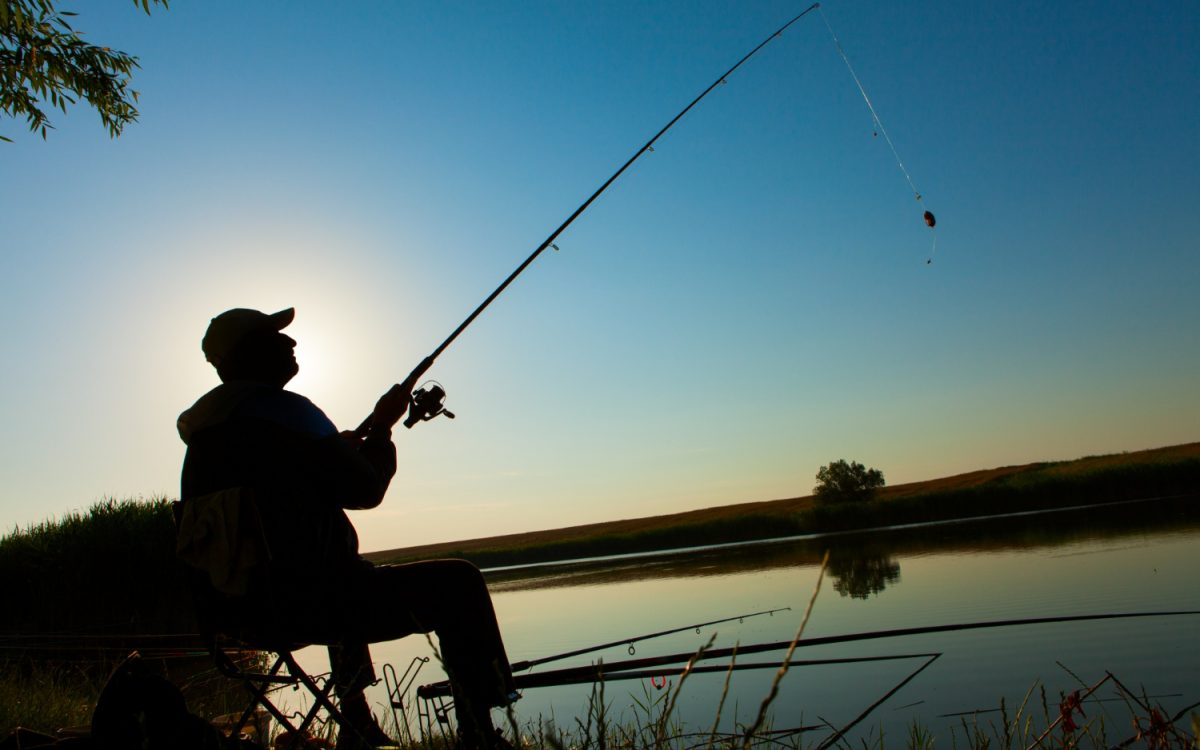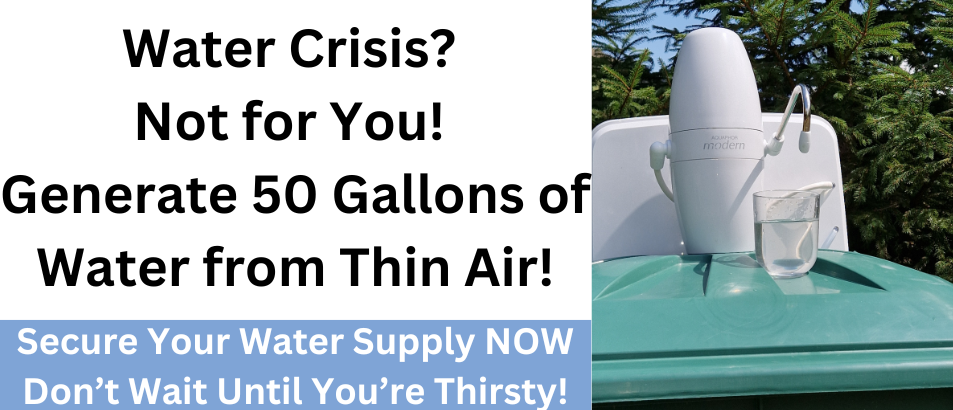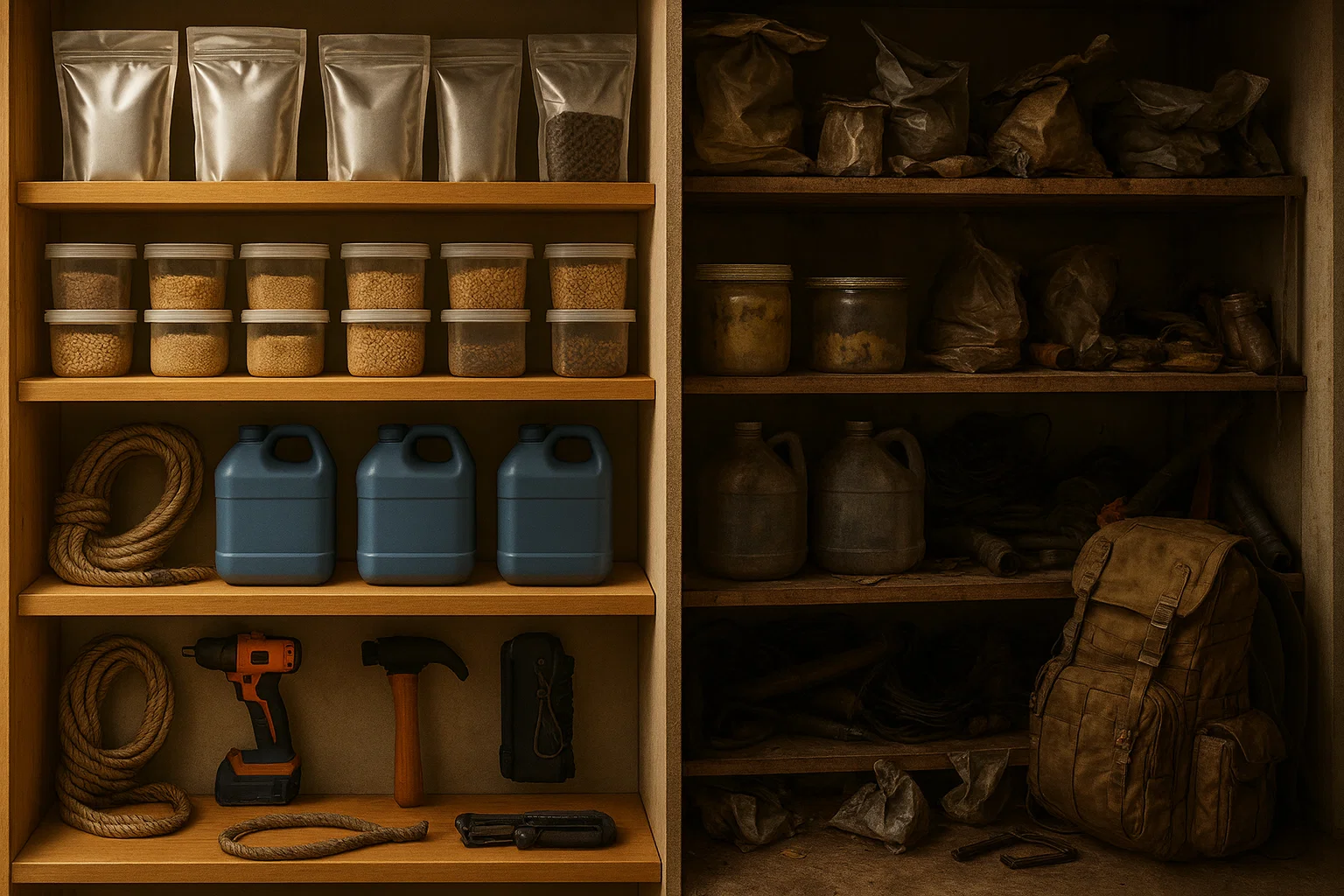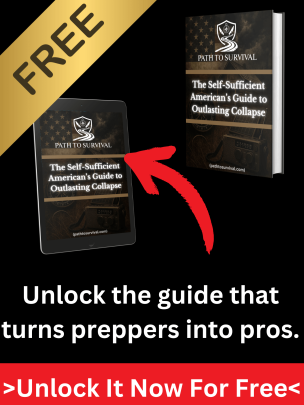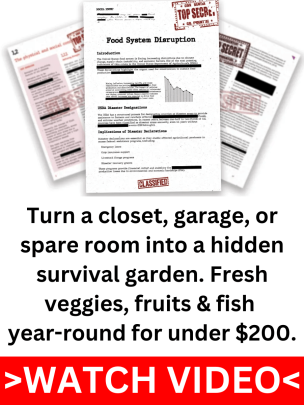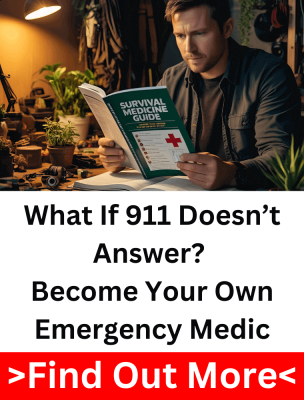Fishing can soon become your best chance of surviving when you’re in the middle of nowhere, miles from any stores, and your supplies are running low. However, a casual weekend fishing trip is not the same as catching fish during SHTF. Your equipment is very important. You’re setting yourself up for failure if your survival fishing rod isn’t robust, small, and simple to use in high-stress situations. Every second matters in survival, and having the proper gear can mean the difference between food and starvation.
Preppers frequently put any old rod in their emergency cache and hope for the best, underestimating the needs of survival fishing in the real world. However, insufficient, brittle, or too complex equipment is not only annoying, but also harmful when hunger strikes and stress levels soar. You’re putting your food supply and potentially your life in danger if your survival fishing rod breaks easily, isn’t weatherproof, or takes too long to construct. Selecting the appropriate portable fishing equipment for emergencies is crucial to your survival; it is not an optional choice.
Must-Have Features of the Perfect Survival Fishing Rod
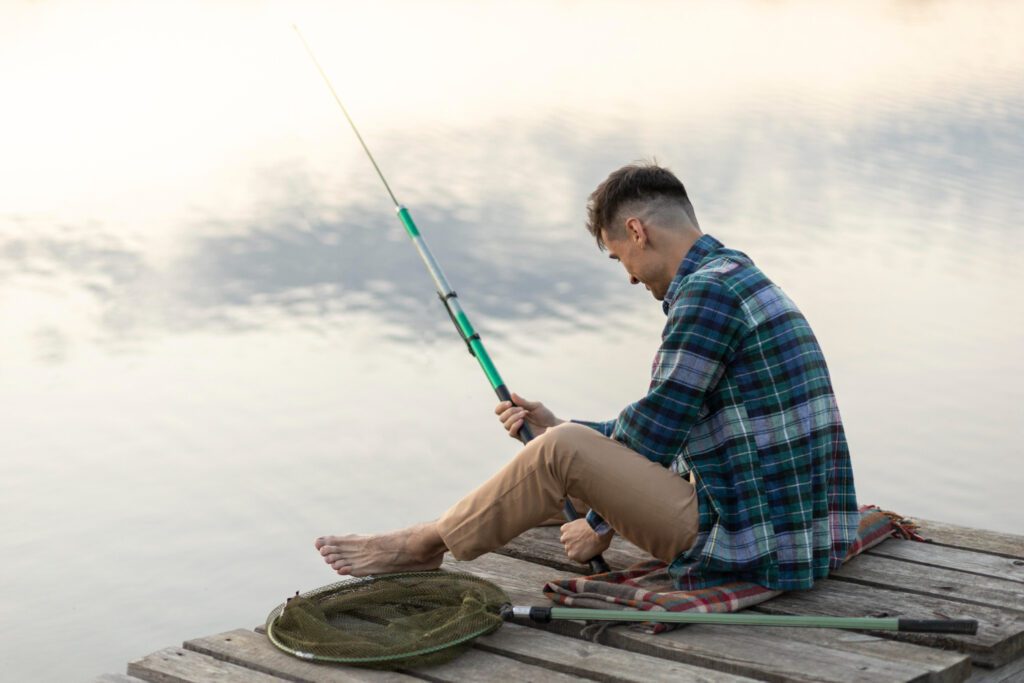
Every ounce matters when carrying emergency supplies. On a sunny weekend, a heavy fishing rod could be ideal, but it’s a burden when you’re trying to save space or move swiftly. Because of this, it’s essential to select compact fishing gear for emergencies, such as a multi-piece breakdown rod or telescopic rod. When seconds count, these rods may be quickly deployed because they fold up neatly and fit well inside your bug-out bag. Not only is mobility practical in an emergency, it can save lives.

Next, think about the material of your rod because fragility is not an option when things go sideways. When you need them most, cheap plastic rods break easily, leaving you defenseless. Fiberglass or metal alloys that are resistant to corrosion are examples of strong, dependable materials that you want. These more resilient materials withstand severe handling, temperature changes, and hostile situations better. You can rely on your equipment in challenging, real-world situations when you use a survival fishing rod that is made to last.
Finally, do not underestimate the value of simplicity. When you’re agitated, exhausted, or in low visibility situations, a difficult-to-assemble or operate rod can cost you valuable minutes, and fish. Choose equipment that is simple, easy to set up, and adaptable enough to handle a variety of fishing scenarios without requiring any adaptations or complicated tasks. The fewer moving parts or fragile components your rod has, the less likely something vital will break when you need a catch to survive.
Practical Tips to Effectively Use & Maintain Your Survival Rod
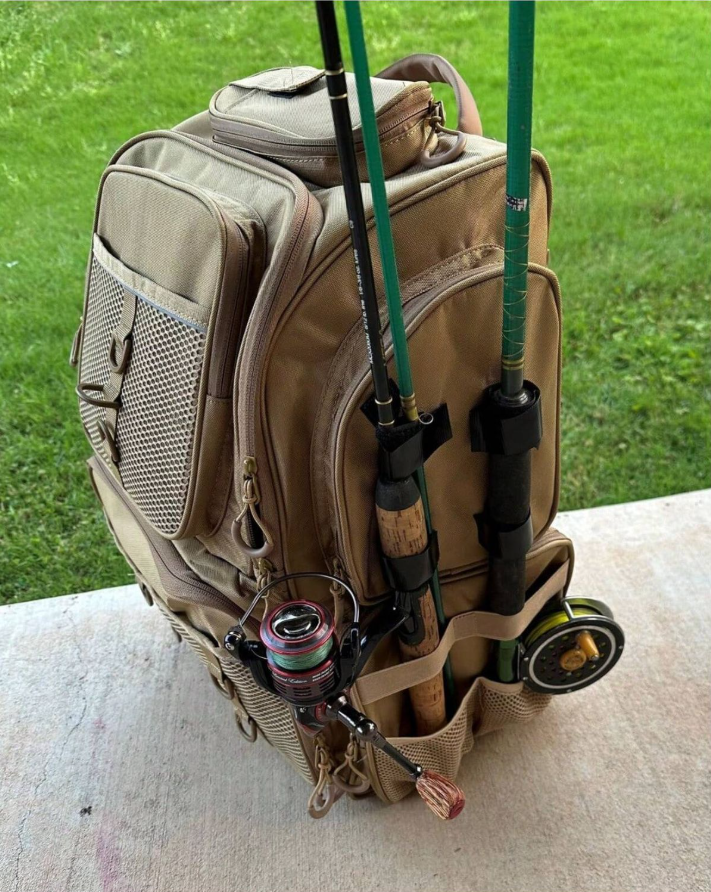
Imagine arriving at a nice fishing location only to discover that your pole is crooked or your line is knotted. Make sure the guides line up properly and carefully position each rod section to prevent this annoyance or worse, rod damage. It should just take a mild twist to bring parts together or apart. When extending a telescopic rod, begin at the tip and work your way slowly toward the handle. By following this easy technique, you may avoid snags or unplanned breaks that could lose you important fishing time or leave you stranded without meals.
It takes very little work to keep your survival fishing rod in good condition, but it makes a big impact. Wipe your rod quickly after each usage to get rid of any debris, mud, or grime, especially around the joints and guides. Check the rod occasionally for corrosion, rust, or cracks, paying particular attention to the areas surrounding the guides and reel seat. Metal components can occasionally be protected by applying a thin coating of lubricant or corrosion inhibitor, particularly when fishing in humid or salty conditions. To avoid unintentional damage while you’re out and about, always keep your rod dry, collapsible, and securely stored within your bug-out bag.
Fishing under difficult conditions, such as high gusts, a lot of rain, or poor visibility, is difficult but doable with the correct strategy. Cast low and near the water’s surface to reduce interference if the wind is your opponent. Use brightly colored or glow-in-the-dark bobbers or lures to make your approach simpler at night, and learn to use your sense of touch to identify bites. Reduce the length of your casts and concentrate more on accuracy than distance when you are in challenging terrain. When every bite matters, these easy modifications can make sure you’re not squandering energy or running the danger of getting hurt.
Building an Essential Survival Fishing Kit

A good survival fishing rod will get you started, but you need the correct equipment to catch fish regularly. First, pick a fishing line that is both robust and adaptable, it should be thin enough for delicate fishing yet strong enough to handle a range of fish sizes. Braided lines weighing between 10 and 20 pounds are the best since they are strong, light, and suitable for the majority of freshwater situations. Combine that line with a limited selection of hooks, ranging from small #10 hooks that are appropriate for little panfish to larger #4 or #6 hooks that can secure larger specimens. No matter what kind of fish you come across, having a variety of sizes guarantees that you’re always prepared.
Pack a small collection of well-chosen accessories in addition to lines and hooks to increase your chances without making your luggage look cluttered. Keep a couple of light lures with you; little spoons or spinners are often the most effective because they work on a wide range of fish types. It’s typically sufficient to use two or three correctly chosen lures, so don’t go overboard. Add a few tiny, brightly colored bobbers to help detect subtle nibbles and split-shot sinkers to help bring your bait to the proper depth. Balance is crucial here; you want to be productive without adding bulk which makes your backpack heavier.
Last but not least, make sure your fishing kit always has a reliable multitool or survival knife. It’s one of those little things that can prevent major headaches. It will be your go-to tool for safely removing hooks from fish, cutting frayed or tangled lines, clipping extra material, and coming up with creative solutions when things don’t go as planned. A good multitool can mean the difference between having dinner and going hungry, whether you’re sharpening hooks or fixing broken equipment. No matter how hectic or unforeseen your survival scenario becomes, you’ll always be ready to fish successfully if you have these necessities packed correctly.
Reliable Fishing Alternatives If Your Rod Fails

Regardless of how well you’ve selected the best fishing rod for survival, there’s always a chance that something will go wrong, it can break, get misplaced, or stop working. For this reason, having a backup plan is not just wise, but necessary. Being well-prepared guarantees that you will never be left stranded without your main equipment because you have already thought of alternate fishing techniques. Reliability and adaptability are essential components of survival strategy.
Fortunately, there are efficient options that don’t call for complex setups or specialist equipment. By cutting a flexible branch, tying your sturdy fishing line from your portable fishing kit for survival, and adding a hook and bait, for example, you can quickly establish a temporary fishing pole. Passive fishing, such as using a basic bottle trap, jug fishing setups, or mechanical Yo-Yo fish traps, is another effective method. These techniques increase your odds of obtaining a meal with little effort by allowing you to fish continually while you take care of other important survival duties like constructing a shelter or gathering firewood.
Keeping yourself fed and safe during difficult times is more important than comfort when selecting a survival fishing rod. Keep in mind that the ideal rod should be lightweight, strong, and adaptable to any circumstance. But that’s not the end of your preparation. Crucial components of your survival strategy include maintaining and using your rod properly, putting together a small emergency fishing kit with the appropriate lines, hooks, and accessories, and having dependable backup fishing techniques on hand. Peace of mind comes from being well prepared, and when your life depends on catching fish, being well prepared is not an option, it is a need.
Don’t wait until you’re stuck wishing you’d packed smarter gear. Take a moment now to check your fishing kit, pick the gear you trust, and be ready for anything. And hey, if you want more real-world prepping advice, sign up for our newsletter, because staying ahead means staying alive.

